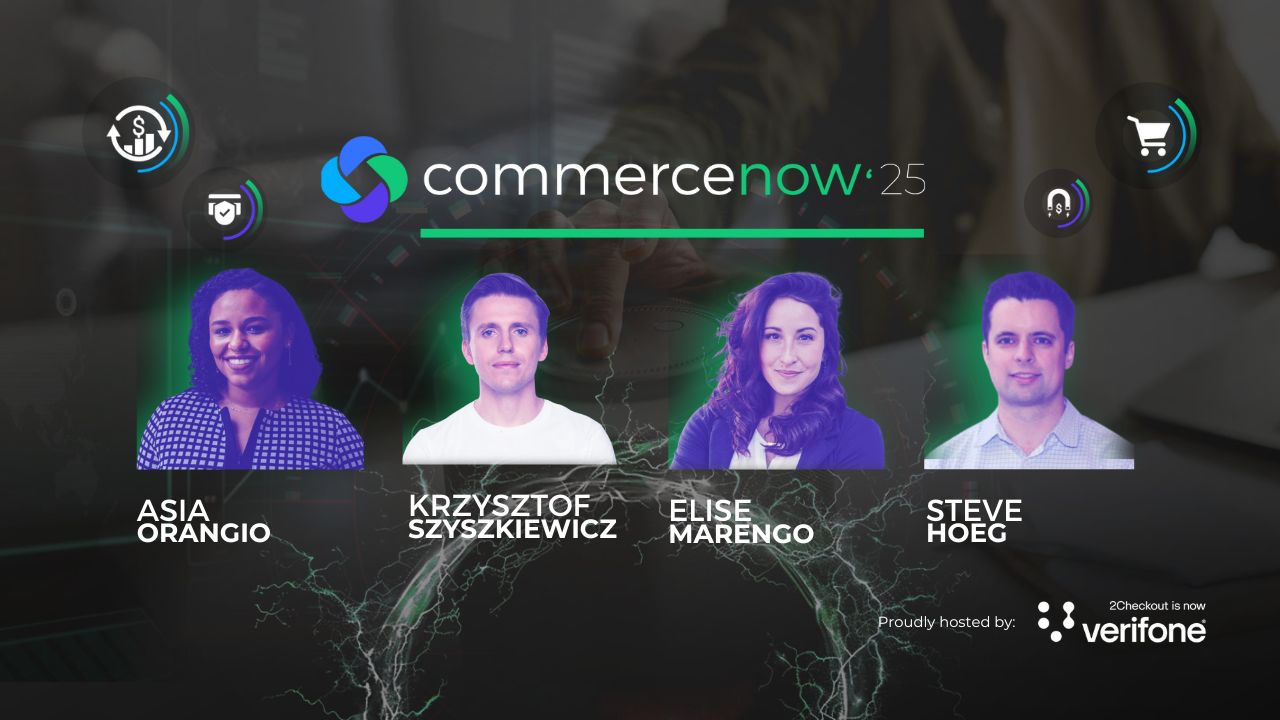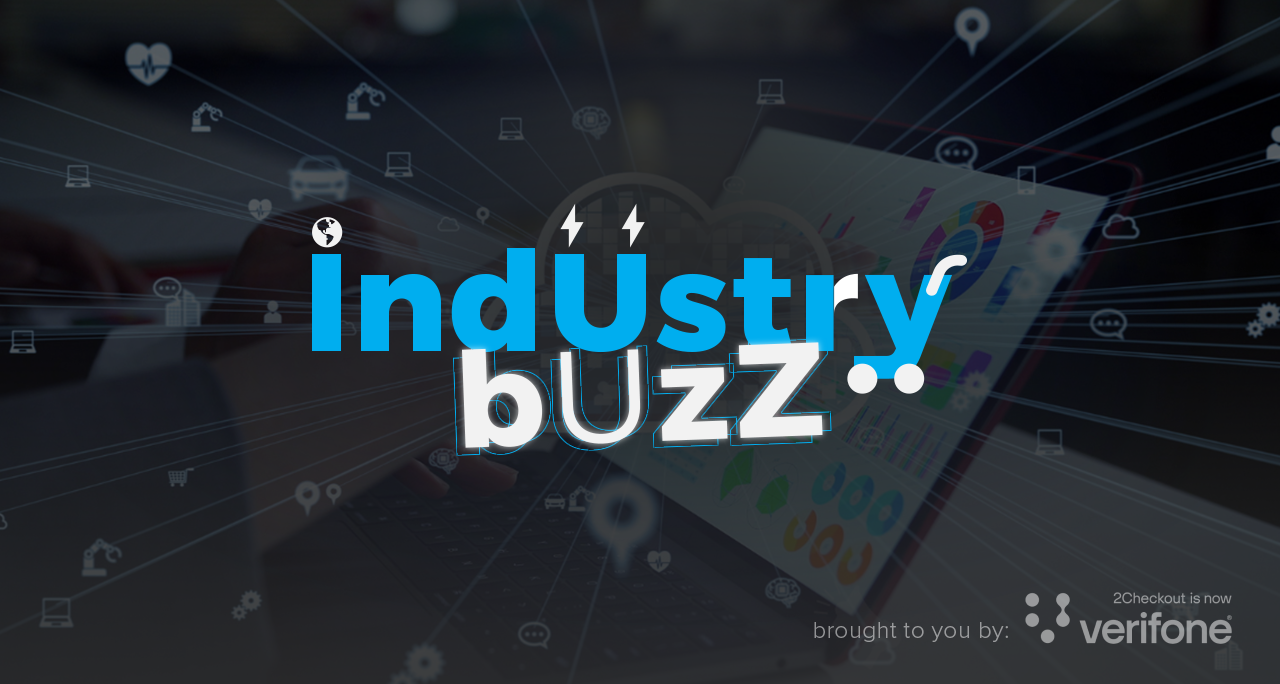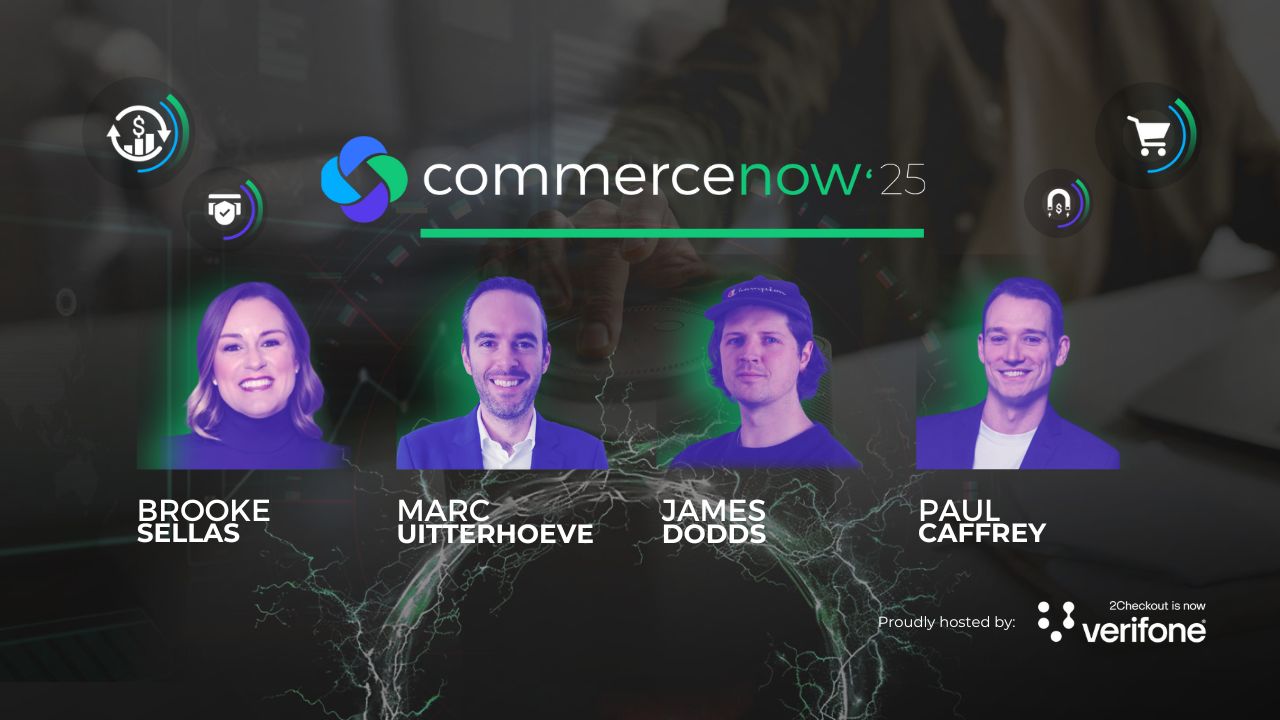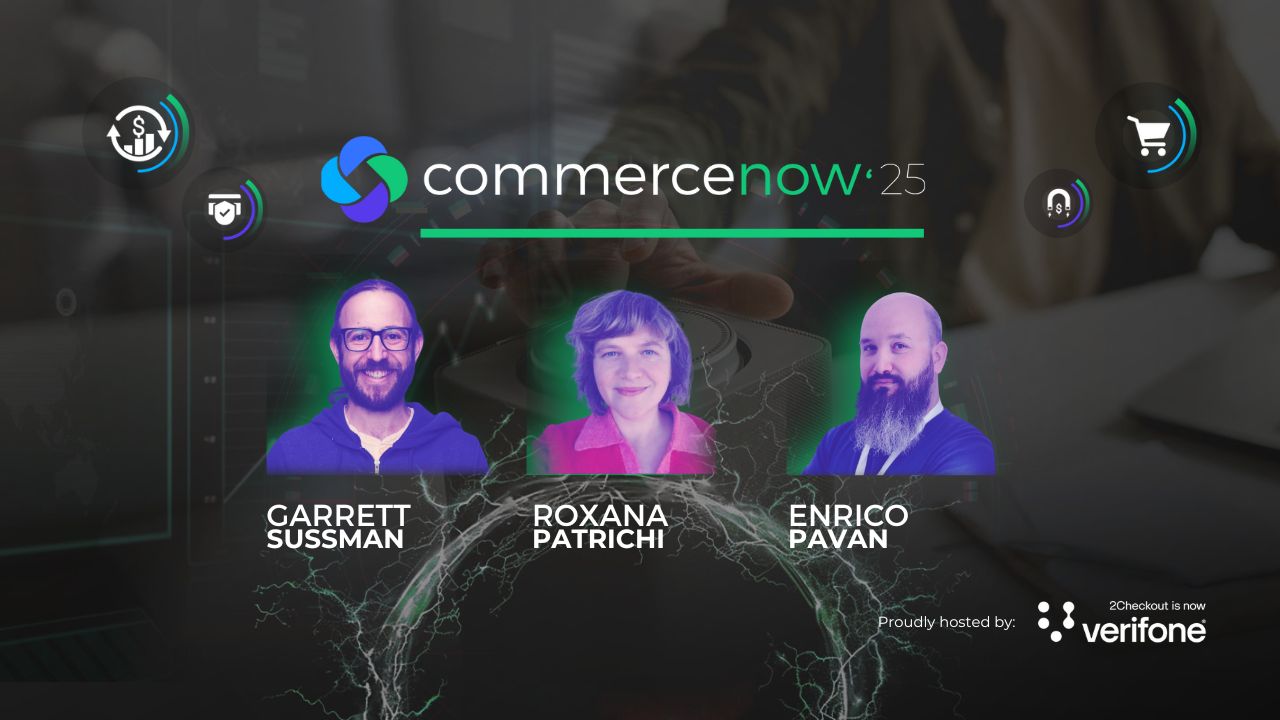CommerceNow’25 had one clear goal: help SaaS teams grow in a healthy, repeatable way.
Across four talks, the speakers showed how to:
- pick better metrics,
- understand customer health with more context,
- price AI in a way that protects margins,
- and design subscriptions that people actually want to use.
Read on for the most useful ideas from each session, and the steps to put them to work.
Looking Beyond Surface Metrics to Find Real Growth
Most SaaS teams track MRR, churn, and new signups, thinking these numbers tell the full growth story.
Asia Orangio – founder and CEO of DemandMaven – explains that these metrics only show surface movement.
Real insight comes from looking deeper at how customers adopt value, expand, and stay over time.
Hence why Asia focuses on the metrics that reflect sustainable growth: expansion revenue, 24-hour new user retention, revenue cohort retention, and customer success KPIs.
She also calls out a simple reason SaaS businesses ignore these most useful reports: they fixate on charts they recognize (MRR overviews, signup counts) and overlook the ones that feel unfamiliar (NRR cohorts, 24-hour retention by action).
Asia points out that the “looks interesting but I don’t know what to do with it” reaction is salience bias at work.
The cure is intentional exposure: make those deeper reports part of your regular review, ask “what does this tell us that topline MRR can’t?”, and build team muscle memory until the diagnostic views feel natural.
Align activation across teams
Moving on, it’s true that teams often define “activation” differently. Marketing counts a signup, product looks for first use, and customer success waits for the first outcome.
When each group uses a different definition, progress gets lost in translation. Asia says that agreeing on a single, shared definition keeps everyone working toward the same goal.
She recommends this: bring marketing, product, and customer success into one short workshop to pick the one action that proves a user reaches promised value. Write it down, add it to dashboards, and review it each quarter as the product changes.
Once activation is clear, the next question becomes where does growth actually come from – which brings us to measuring expansion revenue.
Measuring expansion revenue
In healthy SaaS companies, expansion revenue, which is the portion of new monthly recurring revenue that comes from existing customers, typically sits between 20% and 40% (averaged over 3–6 months so one-time bumps or promotions don’t throw off the number).
When it falls below that range, it usually means the business relies too much on new signups and misses opportunities to grow with current users.
Asia argues that by tracking expansion revenue, teams can see whether pricing and packaging help customers find more value over time.
Tracking new user retention in the first 24 hours
Expansion doesn’t happen without early engagement.
Asia points to the first 24 hours after signup as the most critical window for retention. During that short period, users decide whether the product fits their needs.
She advises tracking retention based on specific actions that show value, such as:
- finishing setup,
- completing a first project,
- or sending a first transaction.
When users take one meaningful action early, retention can jump, often exceeding 50% after the first 24 hours.
Reading revenue cohort retention
After activation and engagement, Asia shifts to revenue cohort retention, also called net revenue retention (NRR).
This metric shows how much revenue from each customer group remains over time. Asia says that bootstrapped companies aim for 80% or higher at month 12, while funded or fast-growth SaaS aim for 100% or more.
Cohort retention exposes what she calls “sneaky churn”: the revenue loss that happens after customers have been active for months. She advises that if your mix skews to annual contracts, make sure to also watch 24–36-month NRR to catch the month-13 cliff.
Seeing these patterns helps teams focus on the stages where users start to slow down or downgrade.
Tracking customer-based success KPIs
Asia strongly recommends tracking customer-based success KPIs that match the customer journey.
There is a way to do it: instead of only counting usage or logins, measure progress through three clear stages:
- first value,
- value realized,
- and expanded value.
This view shows whether users move forward or get stuck, and gives teams a practical way to connect behavior with outcomes.
Asia recommends defining one clear signal for each stage and tracking the share of customers moving from first value to value realized to expanded value.
Use your product analytics to spot where they stall, and then close the gaps.
Product discovery for expansion
In her talk, Asia also discusses product discovery for expansion. She encourages teams to run small research projects that uncover new ways to add value.
These projects often reveal simple, high-impact opportunities for upsells or feature improvements.
She also warns about “add-on exhaust,” when companies charge separately for every new feature and overwhelm users with options. Balance new offers with simplicity so customers feel they’re getting more, not paying more
Get access to more of Asia’s insights by watching her entire CommerceNow’25 session.
How to See the Whole Customer, Not Just Their Usage
Most teams think of churn as a product usage issue, but Elise Marengo – director of customer success at Engineer Up – explains that retention is far more complex.
She introduces the Customer Health Radar: a simple four-part framework that helps SaaS companies see the full picture of customer stability.
Instead of relying on engagement scores alone, she looks at product behavior, relationships, business context, and market changes to predict retention and expansion.
Product engagement
Elise begins her talk with product usage – the first and most visible layer of customer health.
Many companies stop here, measuring how often customers log in or which features they use. But high activity does not always mean customers are achieving results.
Instead, Elise encourages teams to track usage that connects directly to outcomes. The goal is to measure whether customers are using the right features – the ones that create a return on investment.
Account relationships
Next comes the human side. Relationships inside an account can signal health long before numbers do.
Elise highlights red flags such as:
- champion turnover,
- rescheduled QBRs,
- and quiet executive sponsors.
These soft signals usually show up before a customer churns. She suggests creating a relationship health score that everyone on the team can update after each interaction.
You can do this by standardizing how your team records notes in the CRM. Use a shared scale to rate engagement after meetings. Reviewing those scores monthly helps surface at-risk customers early.
Strategic context
Elise argues that events such as funding rounds, leadership changes, or market shifts can affect retention and expansion opportunities.
A new CEO may change tools, or a funding round might create room for growth. Someone on your team should own strategic research and share updates internally so customer success and sales can react quickly.
Market forces
It’s true that competitor launches, new regulations, or wider industry changes can alter your customers’ priorities overnight.
Elise compares this to checking the weather before sailing: no matter how well your boat performs, you still need to know what the water is doing.
She recommends keeping a shared Slack or Teams channel where sales, marketing, and product teams can post short market notes and updates.
All in all, Elise’s message is clear. Retention is not a single department’s job but rather a company-wide effort.
When every team watches the same signals, you can predict churn before it happens and find new chances to grow.
To watch Elise’s full talk, make sure to visit the dedicated session page.
How To Price AI Without Hurting Your Product
AI is not only changing how SaaS businesses deliver value, but also how they make money.
Krzysztof Szyszkiewicz – partner and co-founder at Valueships – explains that pricing remains the most powerful way to grow profits, and also where many teams hold back when adding AI features.
His talk focuses on practical ways to monetize AI while keeping your product healthy and your customers happy.
Pricing for results, not access
Krzysztof starts with a simple yet important idea: companies should stop charging only for access and instead start charging for work delivered or success achieved.
Traditional pricing gives customers permission to use the tool, but outcome-based pricing charges for what the product actually delivers.
This model feels fair to both sides: customers pay when they get results, and businesses earn more when value increases.
New value metrics beyond seats
Seats and licenses no longer reflect how AI products create value.
AI performance depends more on processing power, output, and results, not the number of users. Krzysztof suggests introducing new metrics that capture these factors; things like documents processed, outputs generated, or successful predictions.
Each AI action costs money
Unlike traditional SaaS, AI brings ongoing costs for tokens, compute time, and storage. Each action has a small price tag. Krzysztof reminds teams to track these costs and build them into pricing from day one.
Ignoring them can shrink profit margins fast.
Costs up, prices down
AI features are now common, and market prices keep dropping.
Krzysztof warns that if you wait to charge, your value will shrink as rivals crowd in. AI can cost more to run even while people expect to pay less, so track the cost of each task and set prices that still make you money.
The best move is to charge early and learn fast while customers still see clear value.
Also, products that price on outputs or success tend to land higher average prices than per-user plans.
Krzysztof’s data shows that only about 21% of companies offer any AI feature and about 25% monetize with add-ons, so there is clear room to move.
Costs are splitting too. Training costs are going up while token costs are going down.
That means you need to model unit cost, set a price floor, add sensible usage caps, and protect margin as usage grows.
Multi-layer pricing structure
AI works best as part of a layered pricing design. Krzysztof recommends keeping a base subscription for core access, then adding optional feature packages and a usage or success layer for AI.
This mix balances predictable recurring revenue with flexible, value-based pricing.
Add-on strategy and lifecycle
Krzysztof argues that the safest way to launch AI monetization is through add-ons. Start by offering AI capabilities as optional upgrades. When adoption reaches about 10-15% of your customer base, fold those features into higher-tier plans.
This method lets you test willingness to pay before changing your main structure.
Hybrid revenue reporting
Here’s another fact: AI pricing makes revenue tracking harder.
You now have subscription revenue mixed with usage fees, credits, and minimums.
Krzysztof points out that finance and product should work together to forecast revenue so growth targets cover both steady subscriptions and usage-based income.
Faster time to value
When you charge based on success or usage, customers expect value quickly. Long onboarding periods can delay billing and create frustration.
Krzysztof recommends offering credits, guided onboarding, or early deliverables so customers see results right away.
Define success clearly
There’s one simple truth: charging for success only works if everyone agrees on what success means.
Krzysztof advises defining this upfront. Be specific about what counts as a result or resolution so customers trust the pricing model and know what they are paying for.
The guidance here is simple: price AI around value, not hype. Use outcome-based models, track costs closely, and move early before the market catches up.
When pricing and value stay aligned, you grow profits without losing customer trust.
Learn more actionable tips on SaaS pricing and monetization by watching Krzysztof’s full session.
How to Build Subscriptions Creators Love
Creative professionals have a deep connection to the tools they use.
Steve Hoeg – Chief Operating Officer at Maxon – explains that for these users, software is more than a utility, it’s part of their identity and daily workflow.
Because of that, subscription design has to fit how creators actually work, not the other way around.
Flexible licensing for different audiences
During the interview, Steve talks a lot about licensing. He says there is no single model that fits everyone in the creative industry.
- Individuals like monthly or yearly plans so they can match project budgets.
- Teams and enterprises need ways to manage many users, update everyone at once, and sometimes work offline for security.
- Education programs need classroom licenses plus take-home use for teachers and students.
- Environments such as studios (film, games) may be offline, so the software must work without the internet.
Once you give each group a plan that fits how they work, it makes it easier for them to sign up and stick around.
Go-to-market channels
The subscription model also has to support different ways customers buy.
Steve shares that the web is the first and foremost low-friction channel for individuals who want to start right away.
Direct sales work best for large accounts that need custom terms or integration help.
And a global reseller network extends reach further, helping local partners provide training, support, and purchase options in markets where direct sales might not be practical.
This mix of channels lets customers start small, grow into team plans, or manage complex deployments, all whilst keeping buying as low-friction as possible.
Global-ready, local-friendly
For a subscription to succeed globally, payments are only the first step.
Steve points out that localization also includes training and learning materials in local languages.
This helps users feel supported from the moment they subscribe. Translating interfaces, tutorials, and resources builds trust and lowers the learning curve for new users in different regions.
Companies that make localization part of their design often see higher global adoption and retention.
Bundles and ongoing value
Steve points out that creative users want constant inspiration and new tools. Bundled subscriptions like “all-apps” packages, work well because they offer variety without extra complexity.
The value continues through ongoing updates and add-ons. For example:
- asset libraries,
- creative templates,
- or other ready-to-use resources.
Regular additions show subscribers that their plan keeps improving. It also prevents the fatigue that can come when users feel they are paying for static software.
Community pillars
For Steve, great subscription design also means building a sense of community. In his talk, Steve structures this around four simple pillars:
- Engage: Stay connected to users through events, contests, and direct conversations,
- Inspire: Share work from other creators to spark new ideas,
- Educate: Offer tutorials and guides that make learning easy,
- Motivate: Celebrate user achievements to keep them creating.
He argues that this approach turns customers into advocates and keeps the brand top of mind between renewals.
AI in creative software
AI is another part of the creative workflow, but Steve notes it has to serve the artist, not replace them.
He says AI should simplify repetitive work, like generating variations or cleaning up files, while leaving room for human control.
In other words, users should always understand when and how AI is involved in their process. That balance helps creators trust the tools and use them with confidence.
Get more tips on building the right subscription strategies by watching Steve’s full session here.
Final Thoughts
CommerceNow’25 leaves SaaS leaders with a clear blueprint for sustainable growth. Each speaker brought a practical lesson that connects directly to how you build, price, and scale your product.
Following the speakers’ advice, in the next 30 days, review your key growth signals. Audit your expansion revenue, 24-hour retention, and 12-month NRR.
Build a small customer health radar, test one AI add-on and track its economics carefully. Simplify checkout, refine your bundles, and make space for your community to connect and learn.
To explore these strategies in more detail, watch the full CommerceNow’25 virtual event now.










